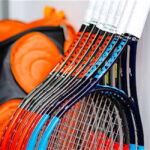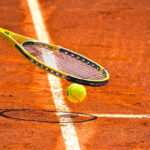Tennis is a sport that requires you to run, stretch, twist, jump, and perform moves that you may not have imagined your body capable of. The clothes you wear to play the game should allow you to move freely and with utmost comfort.
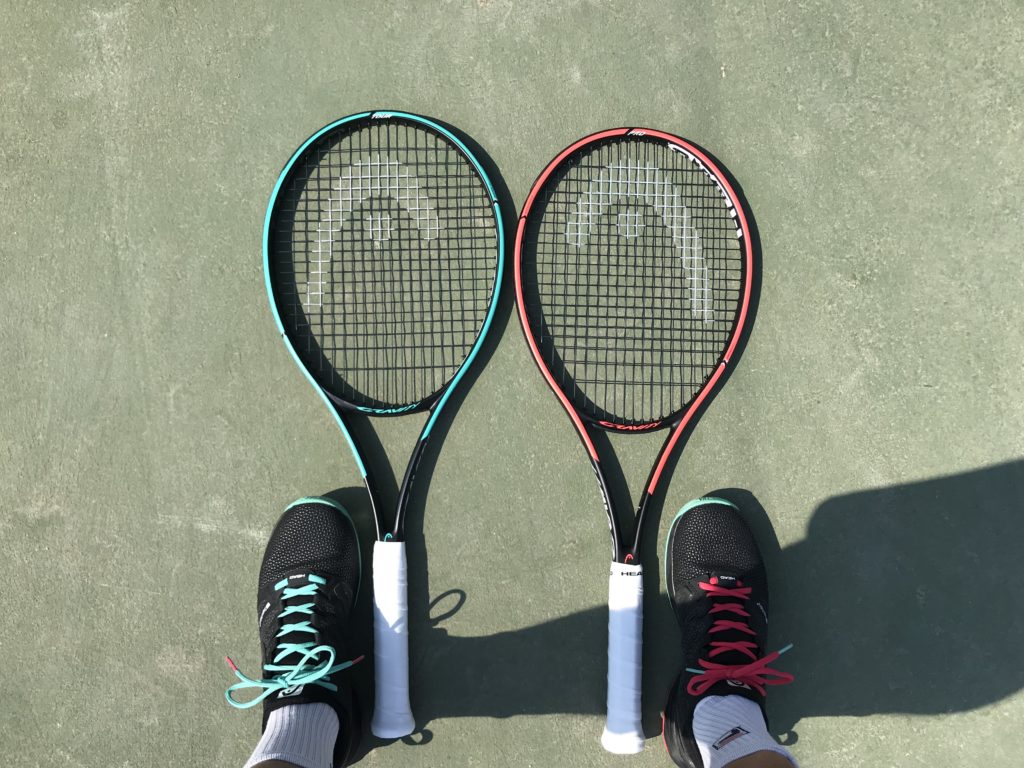
They should also protect you from the sun in hot weather and keep you warm in the cold. Finally, you will want them to appear professional. Fortunately, companies have spent years inventing materials and designs that can meet all of these requirements. So, let’s go right into the type of gear you should be looking for.
Choosing the Best Head Tennis Racquets for You
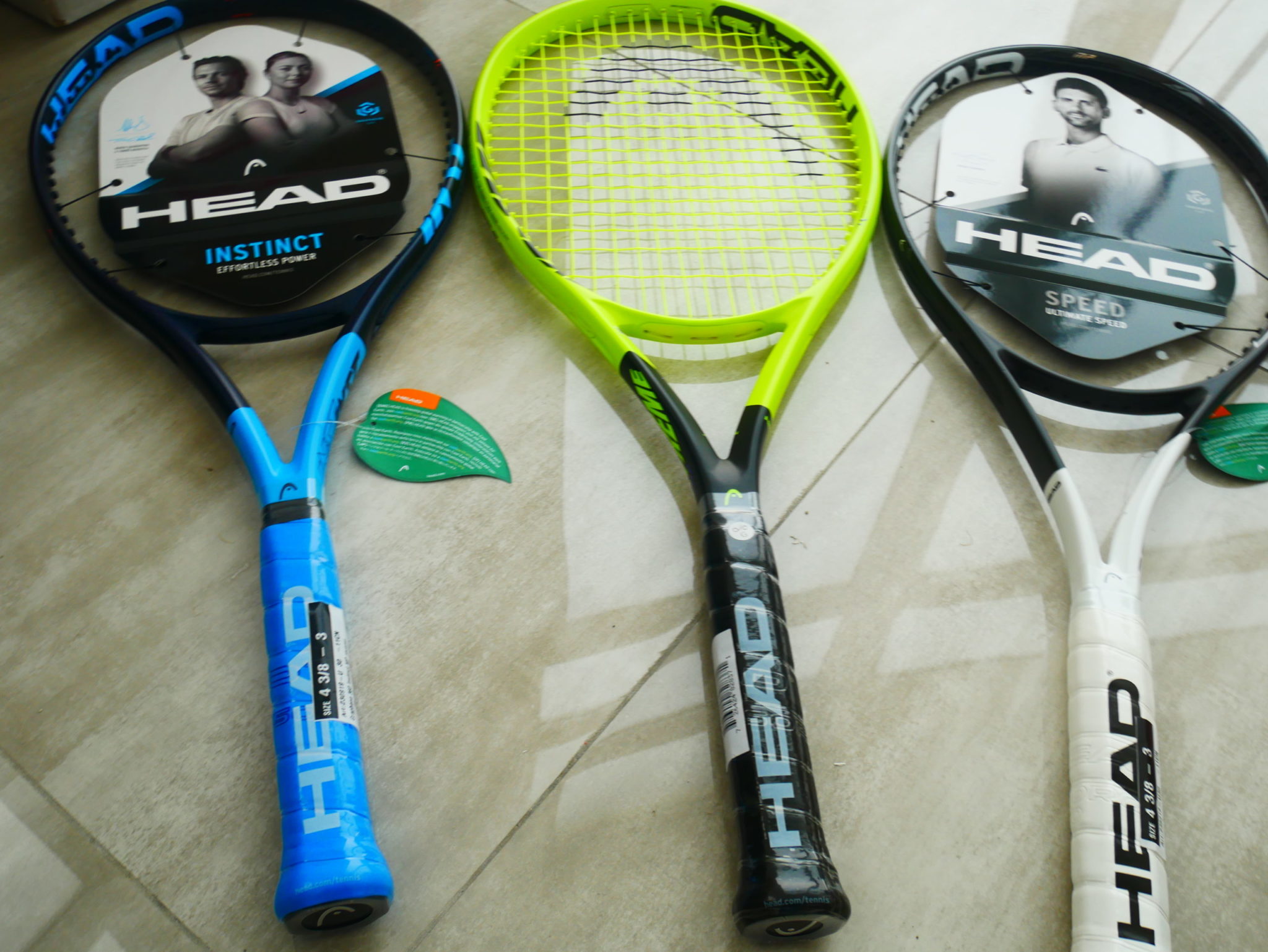
Using the appropriate racquet can make a significant difference in your ability to reach a better level of tennis and improve your overall performance on the court. Before you choose the appropriate one, however, you should grasp all of the components of quality head tennis racquets as the basic and crucial equipment they are.
Racquets are a one-of-a-kind piece of equipment, and some characteristics are just a question of personal preference. There are, though, some basic recommendations you can follow to ensure you choose the finest one for your playing ability and style.
Take the size of your head tennis racket as an example – it impacts two aspects of your game:
- Power: When you hit the ball, your racquet acts like a trampoline, and the larger the trampoline, the greater the bounce effect. A ball sinking into a larger head will experience more string rebound, resulting in more powerful shots.
- Control: Larger tennis racket heads provide a larger hitting area and sweet spot. As a result, if the shot is not properly placed in the centre of the racquet, they are fairly forgiving. A larger head size, on the other hand, seems more difficult to manoeuvre and provides less control. The larger the trampoline effect, the less consistent and precise the strike.
Head Tennis Racquets Size
Midsize is between 550-625 cm2
Mid-plus is between 630-680 cm2
Oversized is between 685-870 cm2
Is There a Tennis Dress Code?
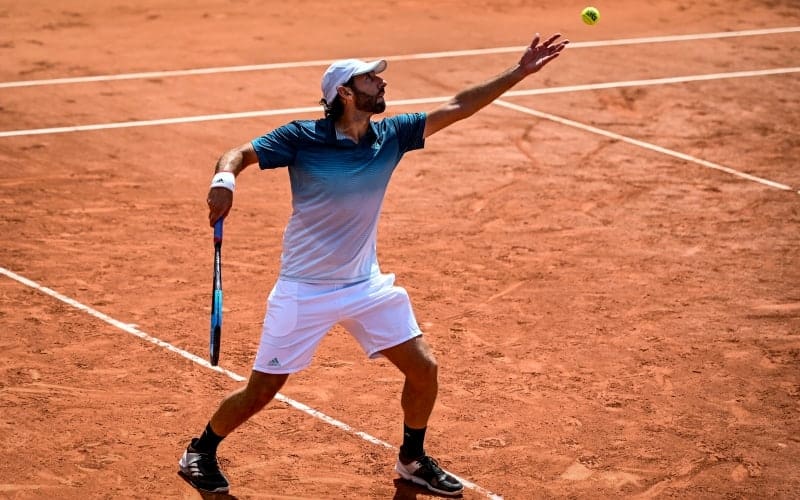
There is no dress code when playing in the park or on a public court. You may wear whatever you want as long as it does not damage the courts. This involves the use of non-marking soles. Aside from that, make sure you’re dressed comfortably for sports. Tennis clothing is fantastic, but it may not be worth purchasing for a casual player if it will only be used twice a year.
Things will be considerably different at a tennis club or a country club. Tennis attire will be needed, whereas gym shorts, t-shirts, and workout apparel will be prohibited. Tennis shoes with non-marking bottoms are required; running shoes are not authorised. Essentially, these venues will only allow you on the court if you are dressed appropriately.
The rules of professional tennis are similar to those of clubs. The main guideline is that players should show themselves professionally and wear approved tennis clothing. Gym shorts and t-shirts are once again prohibited. Fun fact: Wimbledon requires that all clothes be mainly white, but this rule is rarely followed elsewhere.
Proper Tennis Attire for Men
Shorts and polo shirts have been fashionable over the years, but the primary criterion is that they are designed for tennis. Pockets are beneficial for keeping balls, but they are not required. Tennis shoes that are supportive and durable will guard against injury and will not leave marks on the court. They will have varied soles for different court surfaces.
Proper Tennis Attire for Women
Traditionally, women are required to wear a polo shirt or tank top with a skirt or dress. These have to be made specifically for the purposes of tennis. Shorts were once uncommon, but are now considerably more common, as demonstrated by top players such as Victoria Azarenka.
Dresses and skirts are typically paired with compression shorts nowadays. Skirts and shorts can be combined to form a ‘skort.’ Aside from that, women’s tennis shoes are often comparable to men’s shoes, albeit with a more pastel colour palette.
Other Common Tennis Accessories

In tennis, as in all sports, winning is nothing without enjoying the game in utmost safety which you get by counting on the help of quality pieces of gear and accessories, such as the following:
Compression Shorts
These shorts protect against muscle tension by compressing muscles that are in danger of damage. Compression shorts can also help prevent blood clots by improving blood flow through your body. If you intend to play competitive tennis, or a game with your friends for more than two hours, compression shorts are essential equipment.
Compression Socks
Like compression shorts, these socks are used to prevent fatigue and muscle strain while playing tennis for extended periods of time. They should not slip or bunch up during play as a result of sweat gathering on a player’s legs or hot weather circumstances like summer heat waves!
Elbow Braces
Although not as vital for beginners, tennis elbow braces are a must-have accessory for anyone who plays the sport competitively. Without the proper support and protection, the elbow discomfort can lead to injuries that are sure to become worse over time! So, if you want to avoid these issues in the long run, be sure to invest in the best tennis elbow braces.
Knee Braces
Again, this may not be necessary, but it may assist your knees if you have had previous knee problems or if you know the court surface is normally harsher (e.g., clay courts). Furthermore, a knee brace is designed to protect your knee from harm, so you might as well get one.

